How to Optimize the Production Process of Custom Computer Table and Improve Delivery Efficiency
 Feb 10,2025
Feb 10,2025

 Topmax Furniture
Topmax Furniture
Analyzing Customer Needs
Material Selection and Cutting
Assembly and Quality Inspection
Packaging Design
In the highly competitive furniture market, the demand for custom computer table have been steadily rising. With the increasing prevalence of remote work and the growing importance of a comfortable and personalized workspace, customers are seeking computer tables that are tailored to their specific needs, whether it's the size, style, or functionality. However, producing custom computer tables comes with its own set of challenges, especially when it comes to ensuring a smooth production process and timely delivery. We will explore the various stages of manufacturing custom computer tables and discuss strategies to optimize each step, ultimately leading to improved delivery efficiency.
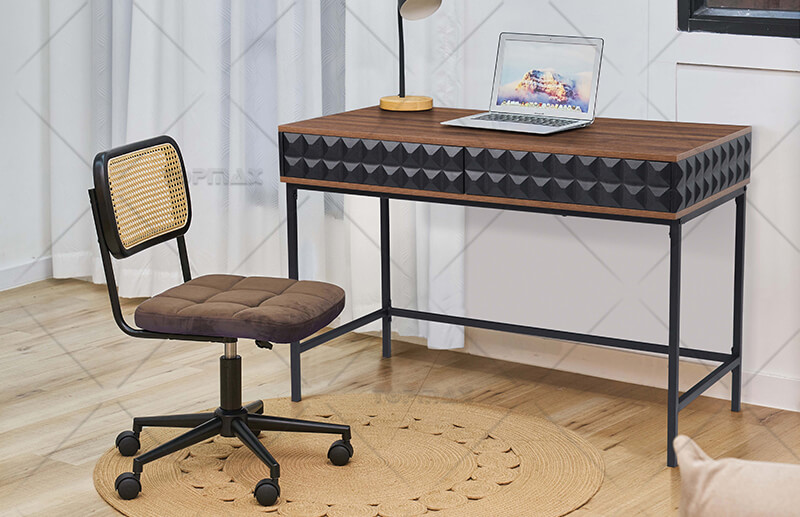
Analyzing Customer Needs
Thorough Customer Requirement Analysis
The first and perhaps most crucial step in the production of custom computer table is understanding the customer's needs. This involves engaging in detailed conversations with the customer to gather information about their workspace, usage patterns, and design preferences. For example, a customer who works from home and spends long hours at the computer may require an ergonomic table with an adjustable height feature to prevent back pain. Another customer may be more concerned with the aesthetics and want a table that complements the modern decor of their office.
During this phase, it's important to ask open - ended questions to get a comprehensive understanding of the customer's vision. Some key aspects to consider include the size of the computer equipment (such as monitors, keyboards, and printers), the available space in the room, and any specific functionality requirements like a pull - out keyboard tray or a built - in charging station. By gathering all this information, the design team can create a detailed brief that serves as the foundation for the rest of the production process.
CAD Drawing and Modeling
Once the customer requirements are clearly defined, the design team moves on to the CAD (Computer - Aided Design) drawing and modeling stage. CAD software allows designers to create highly detailed 2D and 3D models of the custom computer table. This not only helps in visualizing the final product but also enables the team to identify and resolve any potential design flaws before production begins.
In the CAD model, all the dimensions, materials, and components of the table are accurately represented. The designers can experiment with different shapes, sizes, and finishes to find the best design that meets the customer's needs. For example, they can simulate how different leg designs will affect the stability of the table or how a particular surface finish will look in a virtual environment. The CAD model can also be used to generate detailed manufacturing drawings that provide precise instructions for the next stages of production.
Moreover, the CAD model can be shared with the customer for review and approval. This gives the customer a clear idea of what the final product will look like and allows them to provide feedback or make any necessary changes. By involving the customer in this stage, the chances of misunderstandings and costly rework later in the production process are significantly reduced.
Material Selection and Cutting
Material Selection
The choice of materials for a custom computer table depends on several factors, including the customer's design preferences, budget, and the intended use of the table.
Wood: Wood is a popular choice for custom computer tables due to its natural beauty, warmth, and versatility. Different types of wood, such as oak, maple, and walnut, offer unique characteristics. Oak is known for its strength and durability, making it suitable for heavy - duty tables. Maple has a light, uniform color and a smooth texture, which gives it a clean and modern look. Walnut, on the other hand, has a rich, dark color and a beautiful grain pattern, adding a touch of elegance to the table. When selecting wood, it's important to consider factors like the moisture content, as high - moisture wood can warp or crack over time.
Metal: Metal, especially aluminum and steel, is often used for the frames and legs of custom computer tables. Aluminum is lightweight, corrosion - resistant, and has a modern, sleek appearance. It's a great choice for tables that require portability or a contemporary design. Steel, on the other hand, is very strong and can support heavy loads. It can be powder - coated or painted to achieve different finishes and colors. Metal components can also be easily fabricated into complex shapes, allowing for more creative and unique table designs.
Glass: Glass is commonly used for the tabletop in custom computer tables, especially in modern and minimalist designs. Tempered glass is a popular choice as it is stronger and safer than regular glass. It can withstand high temperatures and impacts without shattering easily. Glass tabletops can give the table a sophisticated and stylish look, and they are also easy to clean. However, it's important to ensure proper support for the glass to prevent breakage.
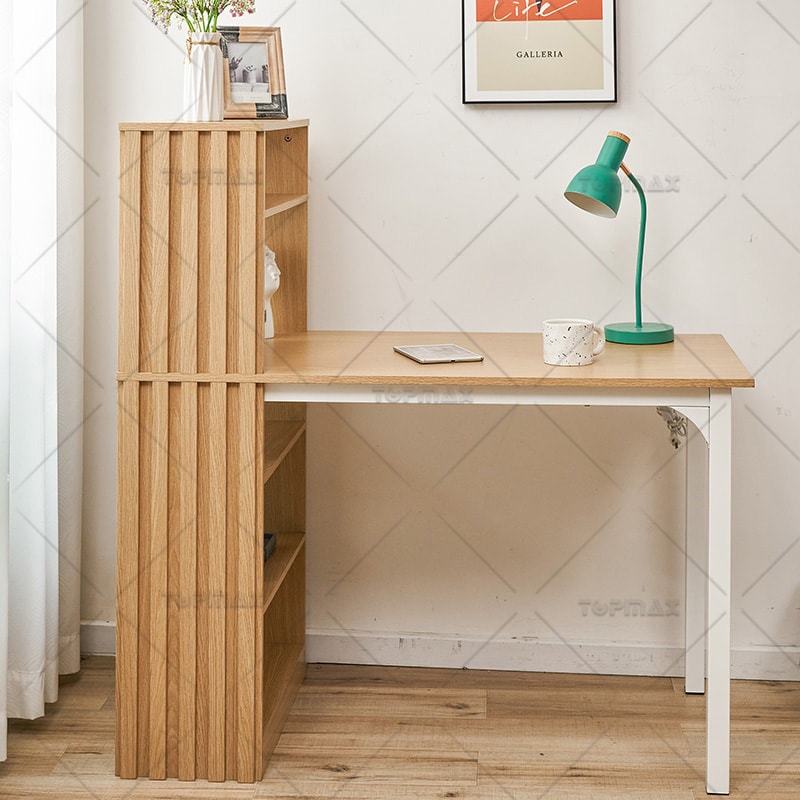
Material Cutting
Once the materials are selected, the next step is cutting them to the required sizes and shapes.
Wood Cutting: For wood, the cutting process typically involves using saws, such as circular saws, table saws, or jigsaws, depending on the complexity of the cuts. Precise measurements are crucial at this stage to ensure that all the components fit together perfectly during assembly. Computer - controlled cutting machines, such as CNC (Computer Numerical Control) routers, can also be used for more complex and accurate cuts. These machines can follow the exact dimensions specified in the CAD drawings, reducing the margin of error. After cutting, the wood pieces may need to be sanded to smooth the edges and prepare them for further processing.
Metal Cutting: Metal cutting can be done using various methods, such as laser cutting, water jet cutting, or plasma cutting. Laser cutting is a precise and efficient method that uses a high - power laser beam to cut through the metal. It can create complex shapes with a high degree of accuracy. Water jet cutting, on the other hand, uses a high - pressure stream of water mixed with abrasive particles to cut the metal. This method is suitable for cutting thick metal sheets and can produce clean, smooth edges. Plasma cutting is another option, especially for cutting steel. It uses a high - temperature plasma arc to melt and cut the metal. After cutting, the metal pieces may need to be deburred and finished to remove any rough edges or burrs.
Glass Cutting: Glass cutting requires specialized tools and techniques to ensure a clean and accurate cut. A glass cutter, which has a sharp wheel or blade, is used to score the glass surface. Then, by applying pressure along the scored line, the glass can be broken cleanly. For more complex shapes, a water jet cutter or a diamond - tipped saw may be used. After cutting, the edges of the glass are usually polished to remove any sharp edges and give the glass a smooth finish.
Assembly and Quality Inspection
Assembly Process
The assembly of a custom computer table is a critical stage that requires careful attention to detail. The table legs are typically the first components to be attached to the tabletop. For wooden tables, the legs may be attached using screws, bolts, or traditional joinery methods such as mortise and tenon joints. Metal legs are often attached to the tabletop using brackets or welding, depending on the design.
When attaching the legs, it's important to ensure that they are evenly spaced and perpendicular to the tabletop to ensure stability. The use of leveling feet or adjustable glides can also help to compensate for any unevenness in the floor.
Once the legs are attached, any additional components such as drawers, shelves, or cable management systems are installed. These components should be properly aligned and secured to ensure smooth operation. For example, drawers should slide in and out easily without sticking, and cable management systems should be installed in a way that keeps the cables organized and hidden.
Quality Inspection
After the assembly is complete, a comprehensive quality inspection is carried out to ensure that the table meets the highest standards.
Load - Bearing Testing: One of the key aspects of quality inspection is load - bearing testing. This involves placing a specified weight on the tabletop to simulate normal use and ensure that the table can support the load without any signs of damage or instability. The weight used for testing should be based on industry standards and the intended use of the table. For example, a table designed for heavy - duty computer equipment may need to undergo a more rigorous load - bearing test.
Surface Treatment Inspection: The surface treatment of the table, such as painting, staining, or finishing, is also inspected. The surface should be smooth, free of any scratches, dents, or bubbles. The color and finish should match the customer's specifications. If the table has a laminated surface, the edges should be properly sealed to prevent delamination.
Functionality Testing: All the moving parts of the table, such as drawers, adjustable mechanisms, and cable management systems, are tested to ensure that they are functioning properly. Drawers should open and close smoothly, adjustable mechanisms should be easy to operate, and cable management systems should effectively manage the cables.
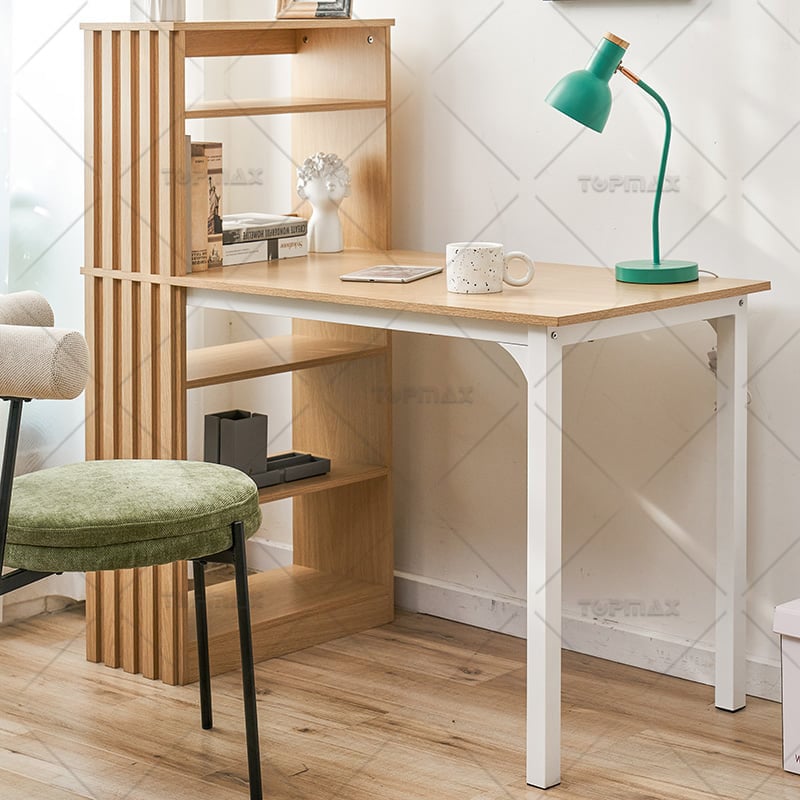
Packaging Design
The packaging of a custom computer table is crucial to ensure its safe transportation. The packaging should be designed to protect the table from impacts, scratches, and moisture during transit.
For the tabletop, especially if it's made of glass or a delicate material, a custom - made protective cover is often used. This cover can be made of thick foam, bubble wrap, or corrugated cardboard. The table legs and other components are also individually wrapped to prevent them from scratching the tabletop or each other.
The entire table is then placed in a sturdy cardboard box. The box should be large enough to allow for some cushioning material around the table, but not so large that the table can move around inside. The cushioning material, such as foam inserts or air - filled bags, helps to absorb any shocks during transportation.
Optimizing the production process of custom computer tables is essential for improving delivery efficiency and customer satisfaction. By thoroughly analyzing customer needs during the design phase, using advanced CAD modeling techniques, carefully selecting and processing materials, ensuring high - quality assembly and inspection, and implementing effective packaging strategies, manufacturers can streamline the production process and deliver custom computer tables in a timely and safe manner.
 Inquire Now
Inquire Now



 Home
Home New Favorite of Modern Outdoor Spaces: How Garden Rope Chair Enhance the Aesthetic of Courtyards
New Favorite of Modern Outdoor Spaces: How Garden Rope Chair Enhance the Aesthetic of Courtyards  You May Also Like
You May Also Like 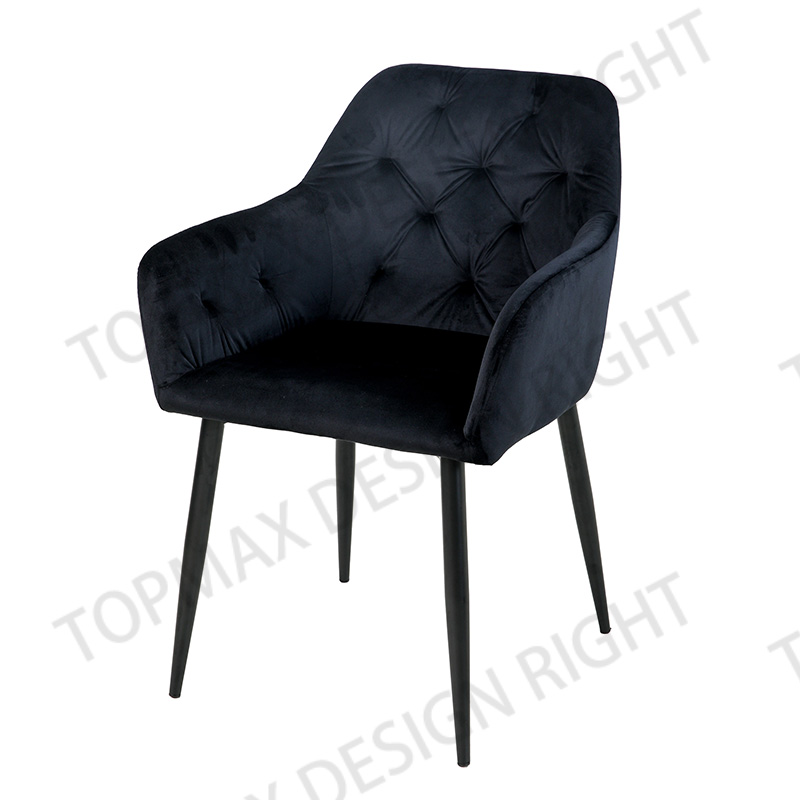

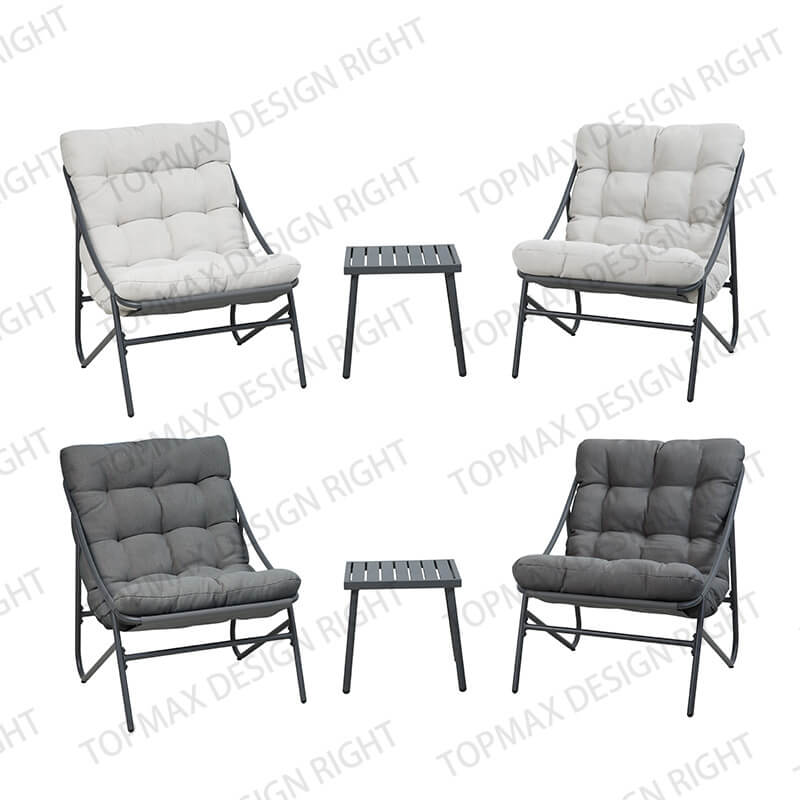
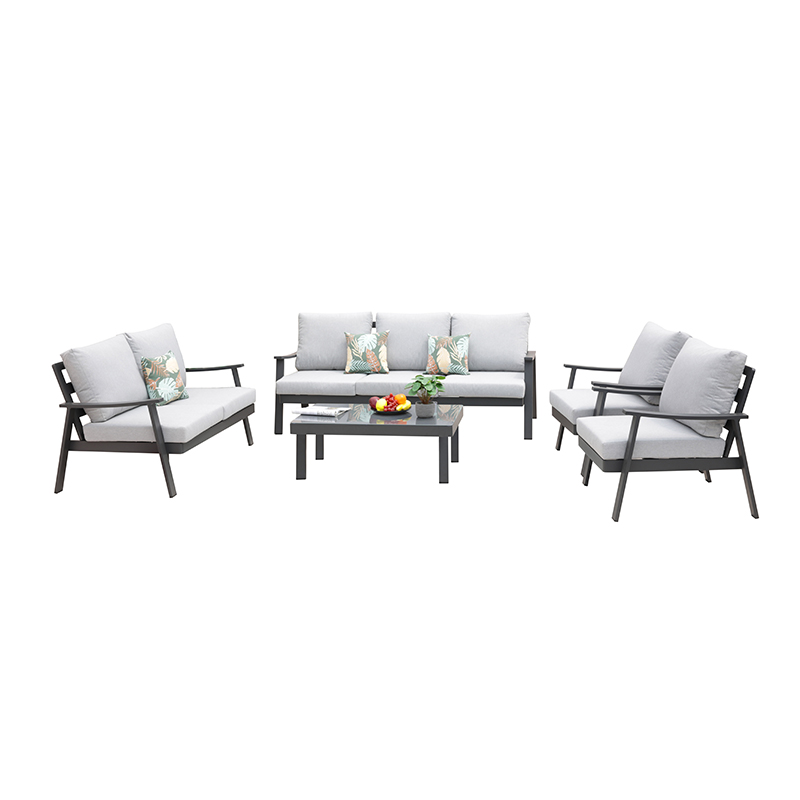

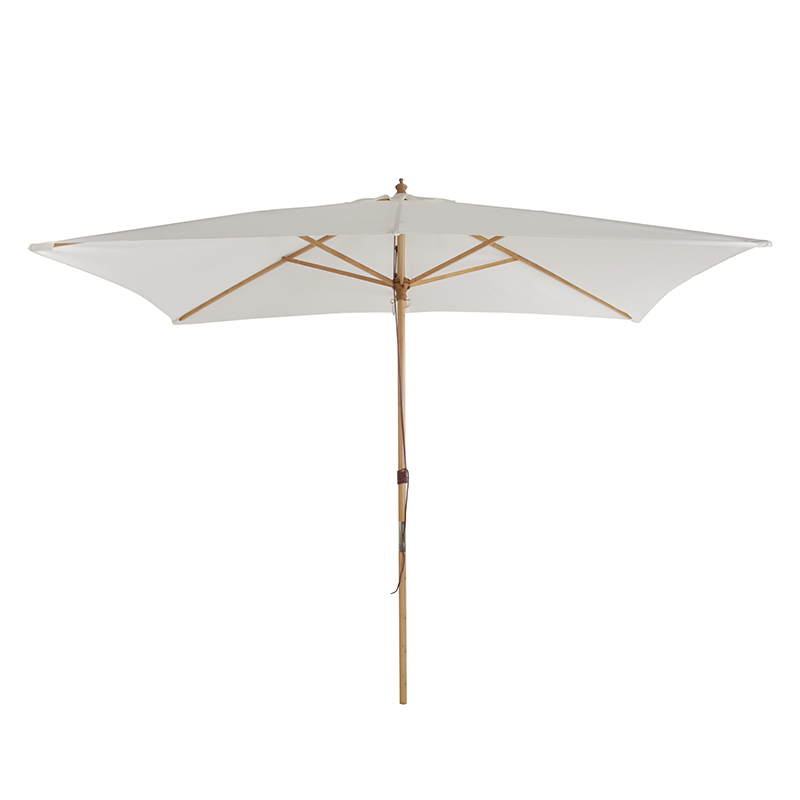
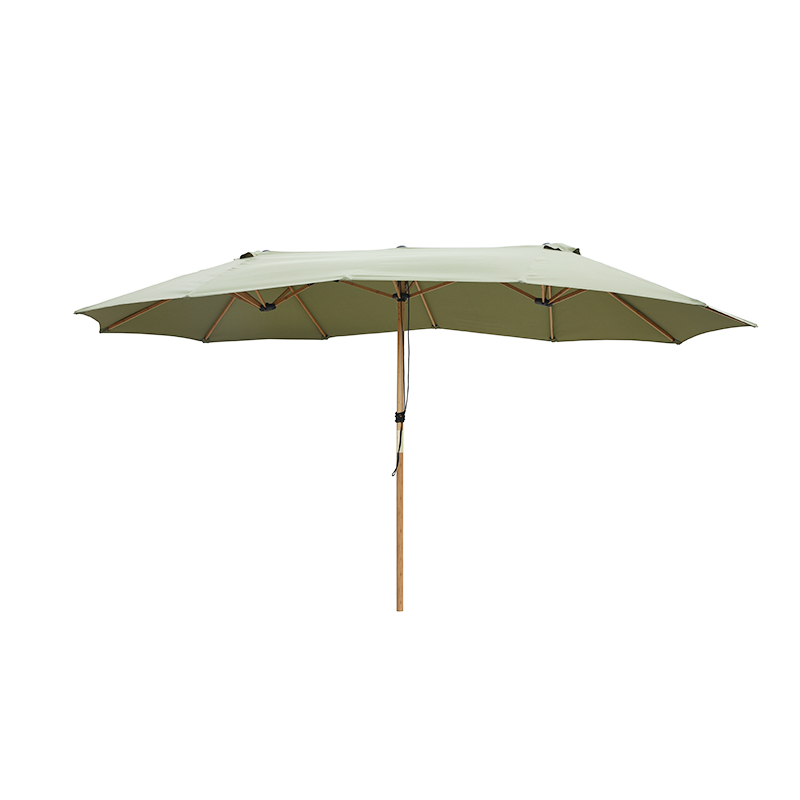
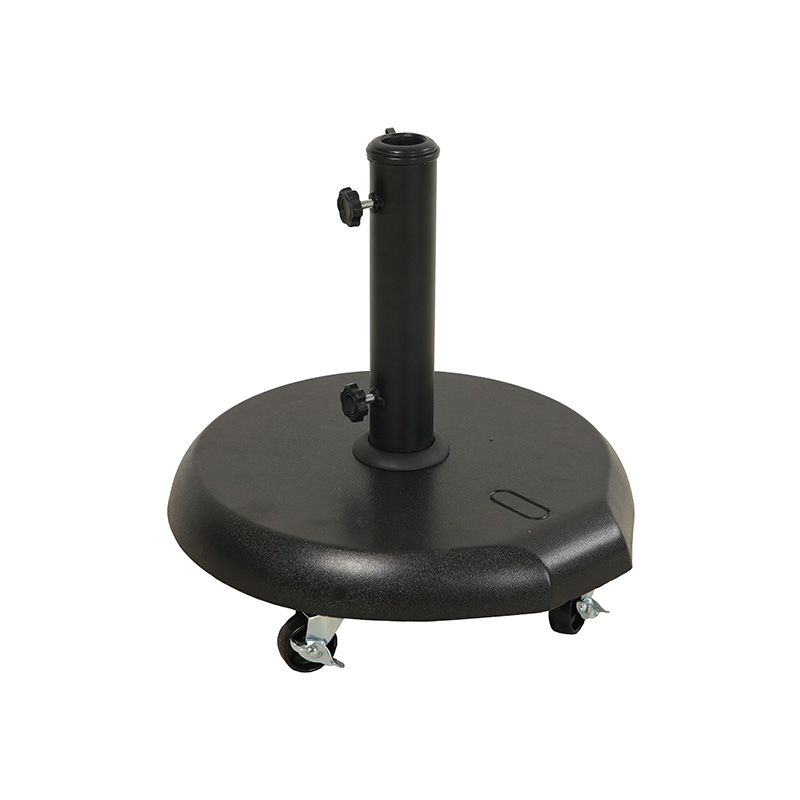
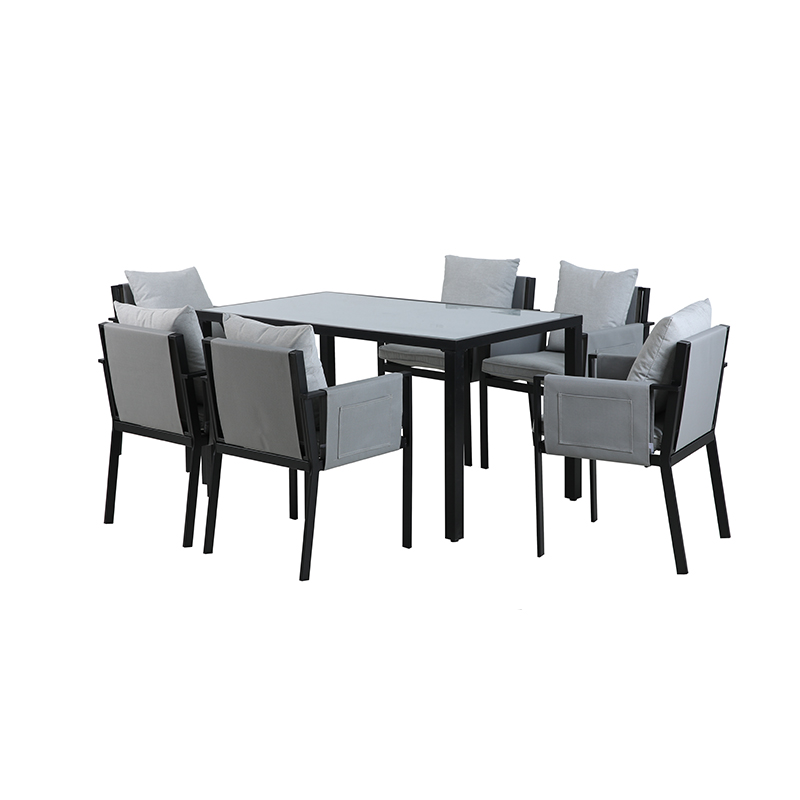
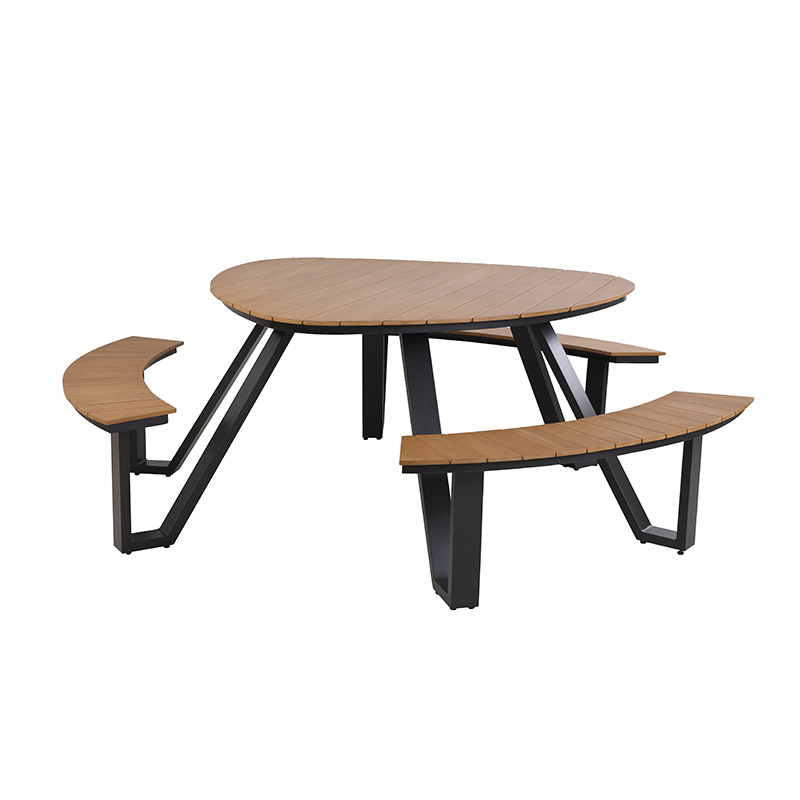
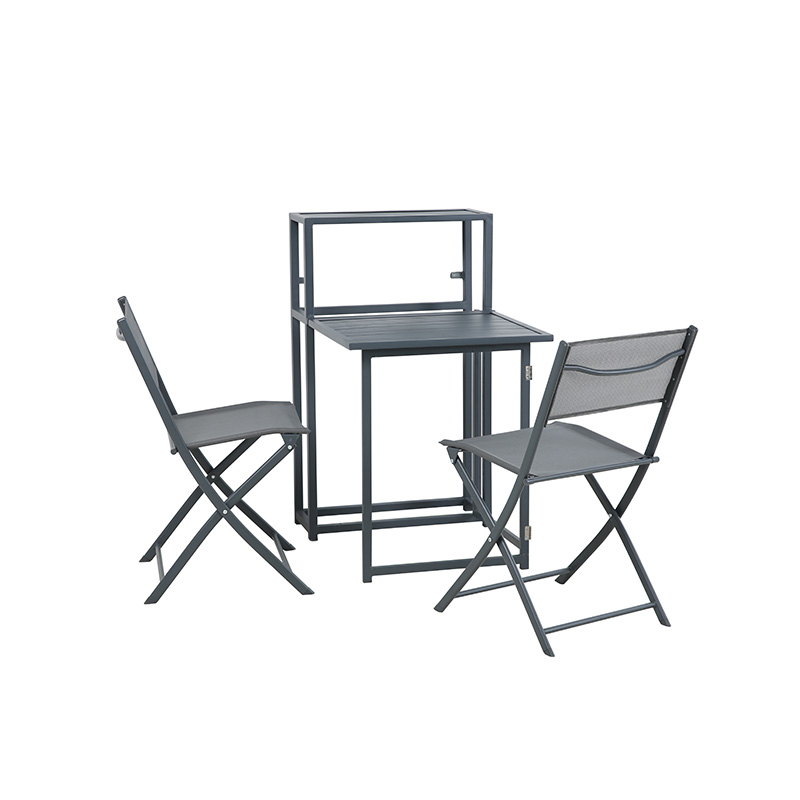
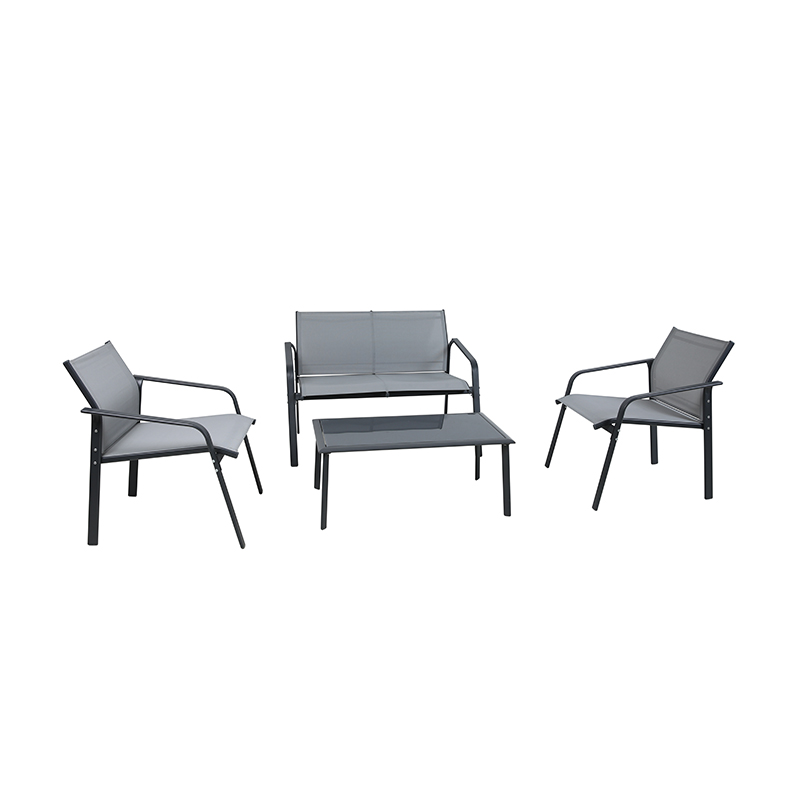
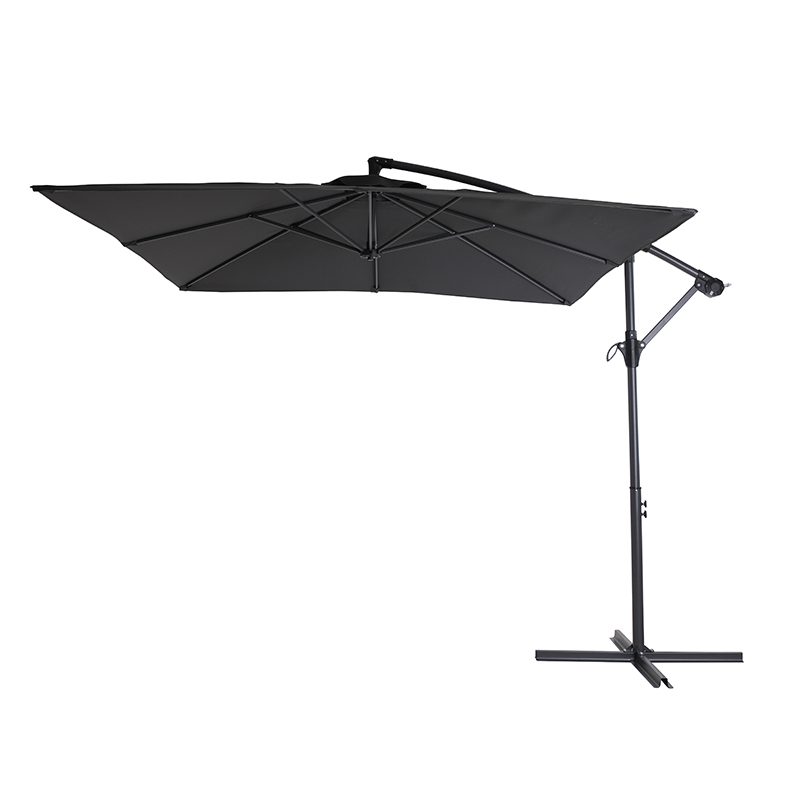
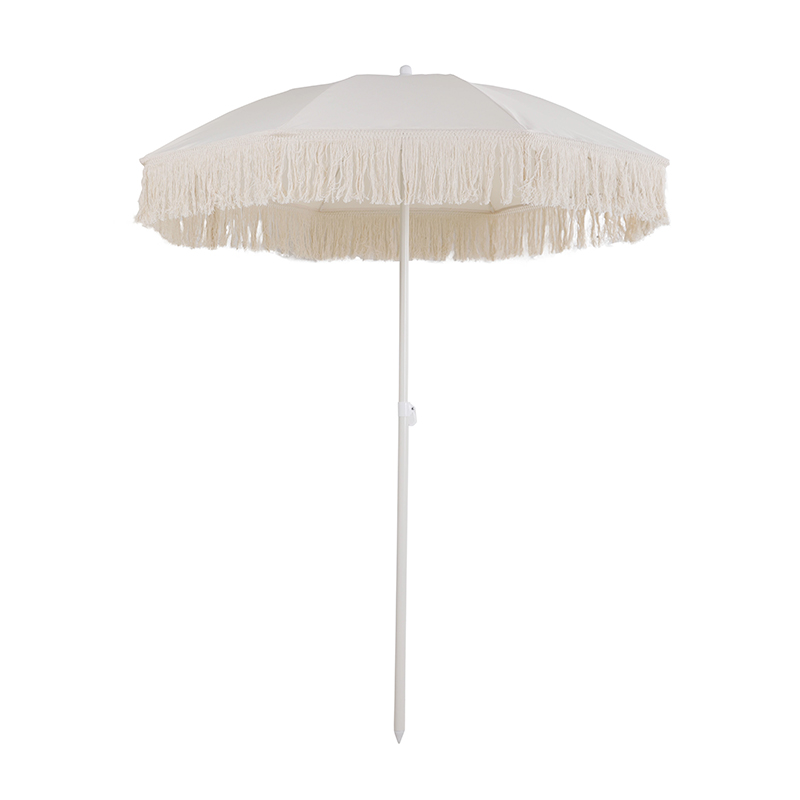
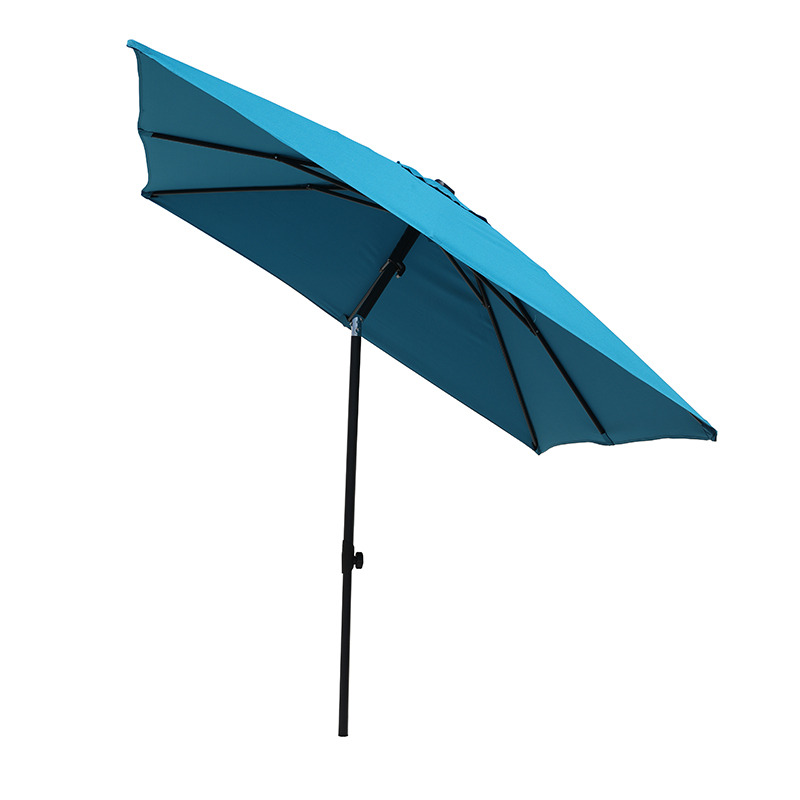
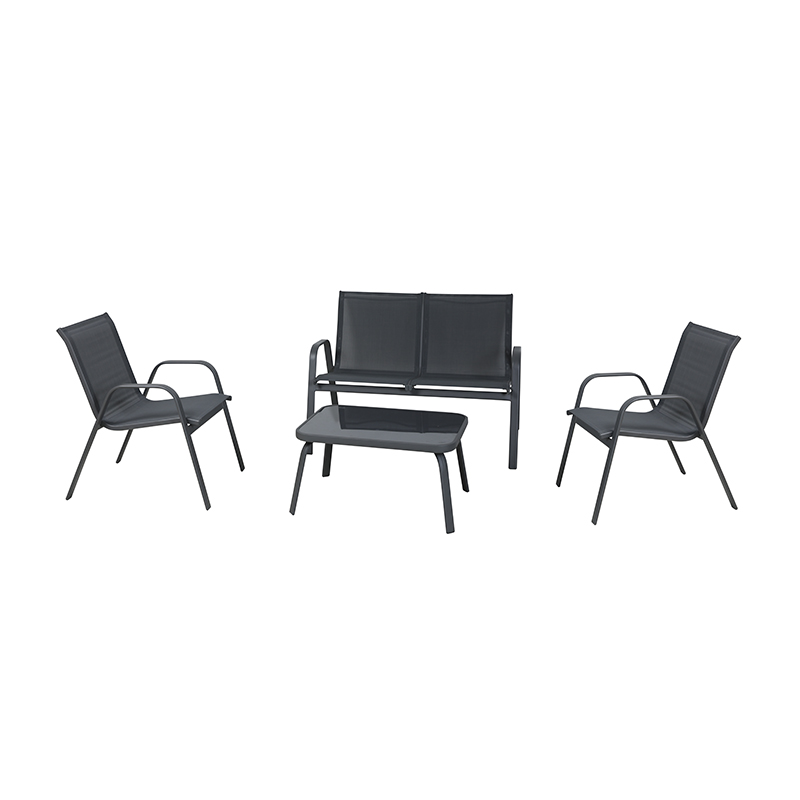
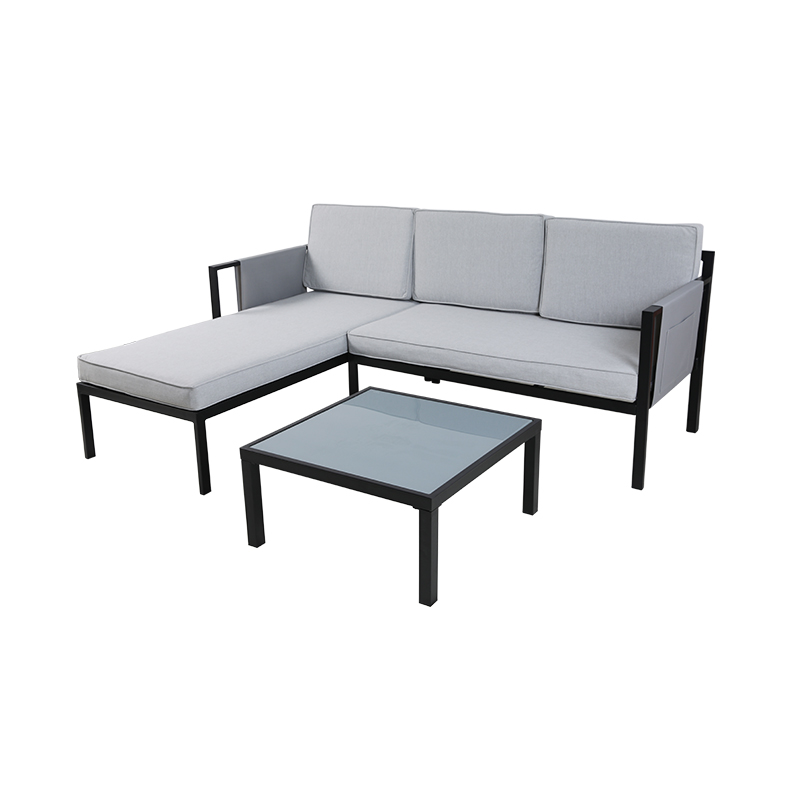
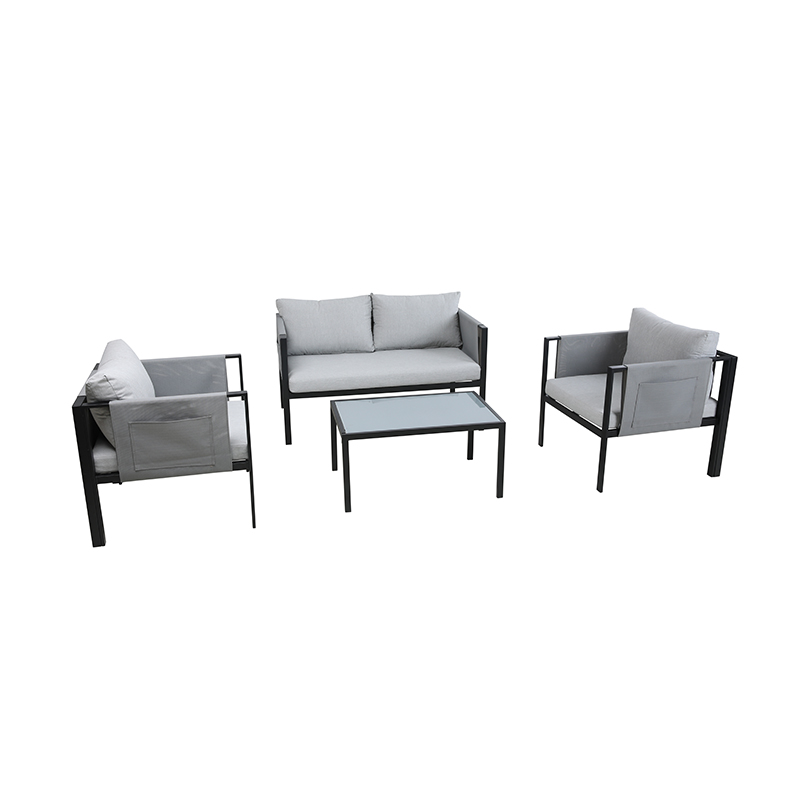

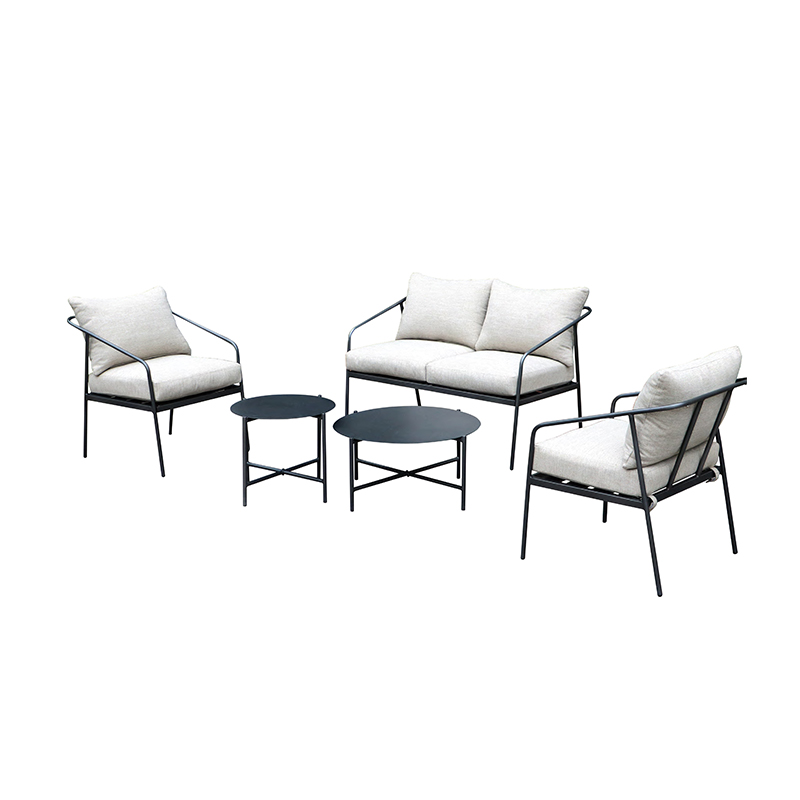
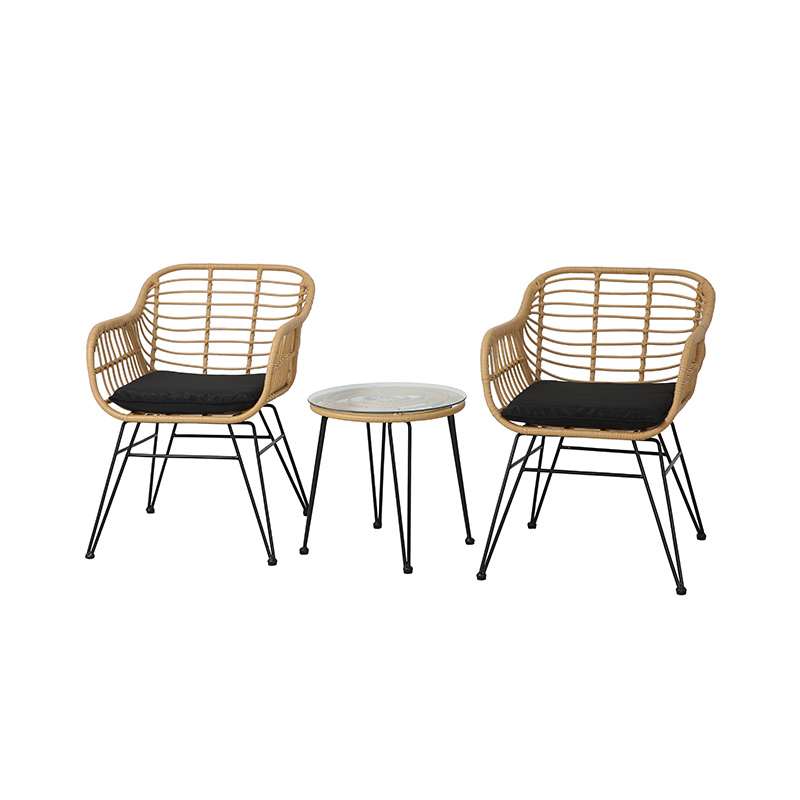

 Tel
Tel  Email
Email  ADDRESS
ADDRESS 














